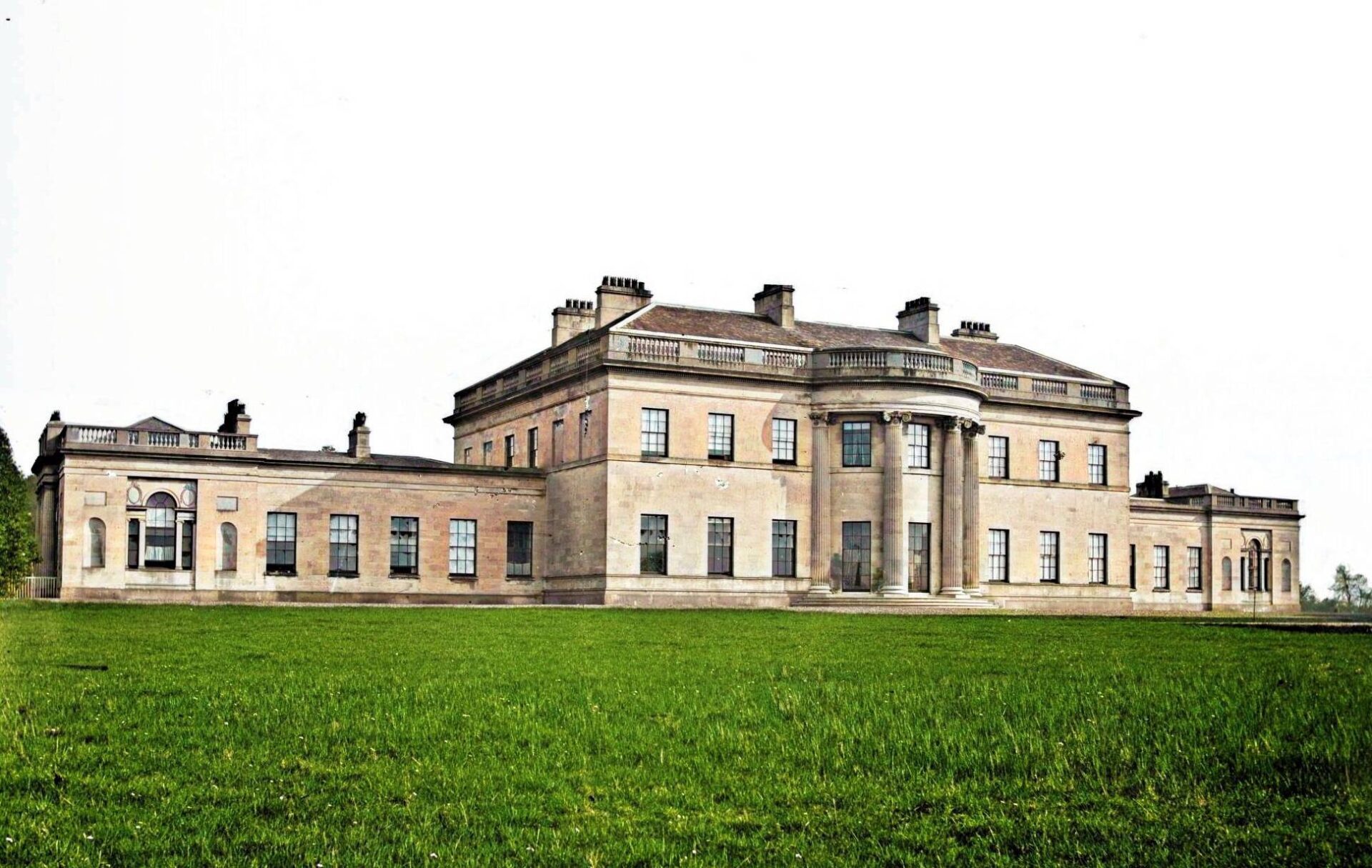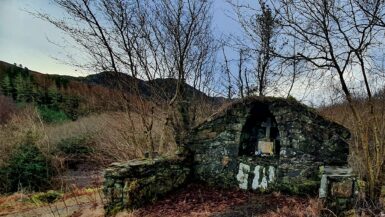Nestled in the lush countryside of County Fermanagh, Northern Ireland, Coole Castle has been a symbol of the region’s history for centuries. With its enigmatic past, the castle is a fascinating destination for history enthusiasts and tourists alike. This comprehensive article delves into the captivating history of Coole Castle, offering insights into its origins, its connection to the O’Neill clan, and the various stages of development it has undergone throughout the centuries.

Origins and Early History
The origins of Coole Castle can be traced back to the 12th century, although the exact date of its construction remains uncertain. It is widely believed to have been built by the MacMahon clan, a powerful Irish family that ruled over the Kingdom of Airgíalla. Situated on the banks of the River Sillees, the castle served as a strategic stronghold for the MacMahon clan in their ongoing power struggles with rival families in the region.
The original structure of Coole Castle consisted of a rectangular keep, with walls that were over four meters thick in places. Over time, the castle underwent a series of expansions and modifications, as its ownership changed hands between various local clans and families. Some of the most significant changes took place during the 15th and 16th centuries, when the castle was transformed into a more formidable and defensible fortress.
The O’Neill Clan and the Castle
One of the most influential families to control Coole Castle was the O’Neill clan, who took possession of the fortress in the late 14th century. The O’Neills were a prominent Irish dynasty that traced their ancestry back to the legendary High King of Ireland, Niall of the Nine Hostages. Under the leadership of various O’Neill chieftains, Coole Castle became a vital stronghold in the O’Neill’s efforts to maintain their authority over the surrounding lands.
During the 15th and 16th centuries, the castle was at the heart of several conflicts between the O’Neills and the English crown. The English sought to expand their control over Ireland, leading to numerous skirmishes and battles in the region. Coole Castle served as a crucial defensive outpost for the O’Neills during these turbulent times, as they strove to protect their territories and maintain their independence.
The 17th Century and the Plantation of Ulster
The early 17th century marked a significant turning point in the history of Coole Castle. With the defeat of the native Irish forces during the Nine Years’ War (1594-1603), the English crown consolidated its control over the island. This led to the Plantation of Ulster, a major colonization project that saw the confiscation of Irish lands and their redistribution to English and Scottish settlers.
As a result of the Plantation, Coole Castle was seized by the English authorities and granted to a Scottish planter named Malcolm Hamilton. Hamilton embarked on a series of renovations and expansions to the castle, reflecting the architectural styles and preferences of the time. The once-mighty fortress was transformed into a more comfortable residence, with new features such as ornate fireplaces, decorative plasterwork, and larger windows.
Over the course of the 17th century, the castle passed through the hands of several prominent families, including the Montgomerys and the Mervyns.

Coole Castle Restoration Efforts
By the 18th century, Coole Castle had fallen into disrepair, and the once-magnificent structure was largely abandoned. Over the years, the elements took their toll on the castle, with many of its walls and features crumbling away. However, interest in preserving and restoring the historic site grew in the late 20th and early 21st centuries.
In the early 2000s, a local group of historians and conservationists, known as the Friends of Coole Castle, was formed to spearhead restoration efforts. With the support of various organizations and government agencies, the group has undertaken a range of projects aimed at preserving and stabilizing the castle’s structure. Some of these initiatives have included the clearing of vegetation, the installation of protective measures to prevent further deterioration, and the repair of damaged walls and features.
Today, the ongoing restoration efforts at Coole Castle are a testament to the dedication of the local community and the importance of preserving historic sites. The work being done at the castle not only helps to safeguard its structure for future generations but also sheds light on the various stages of its development and the rich history it embodies.
Visiting Coole Castle
Today Coole Castle has become an increasingly popular destination for tourists and history enthusiasts alike, thanks to the efforts of the Friends of Coole Castle and the wider community. The castle’s picturesque location on the banks of the River Sillees offers visitors a chance to experience the tranquil beauty of the Fermanagh countryside, while also delving into the site’s fascinating past.
Visitors to the castle can explore its ruins, which provide a glimpse into the various architectural styles and features that have been incorporated throughout its history. Interpretive panels and informative signage help to guide visitors through the castle’s story, from its early origins as a MacMahon stronghold to its later transformations under the O’Neills, the Plantation of Ulster, and the various families who called it home over the centuries.
In addition to the castle itself, the surrounding area offers plenty of attractions and activities for visitors to enjoy. The nearby towns of Enniskillen and Lisnaskea provide a range of accommodation options, as well as restaurants, shops, and cultural experiences. The beautiful Lough Erne and its many islands are also within easy reach, offering opportunities for boating, fishing, and wildlife watching.
In conclusion, the history of Coole Castle is a captivating tale of power struggles, shifting allegiances, and architectural transformations. Its enigmatic past, combined with the ongoing restoration efforts and the natural beauty of its surroundings, make Coole Castle a must-visit destination for anyone interested in the history and heritage of Fermanagh, Northern Ireland.






Leave a reply